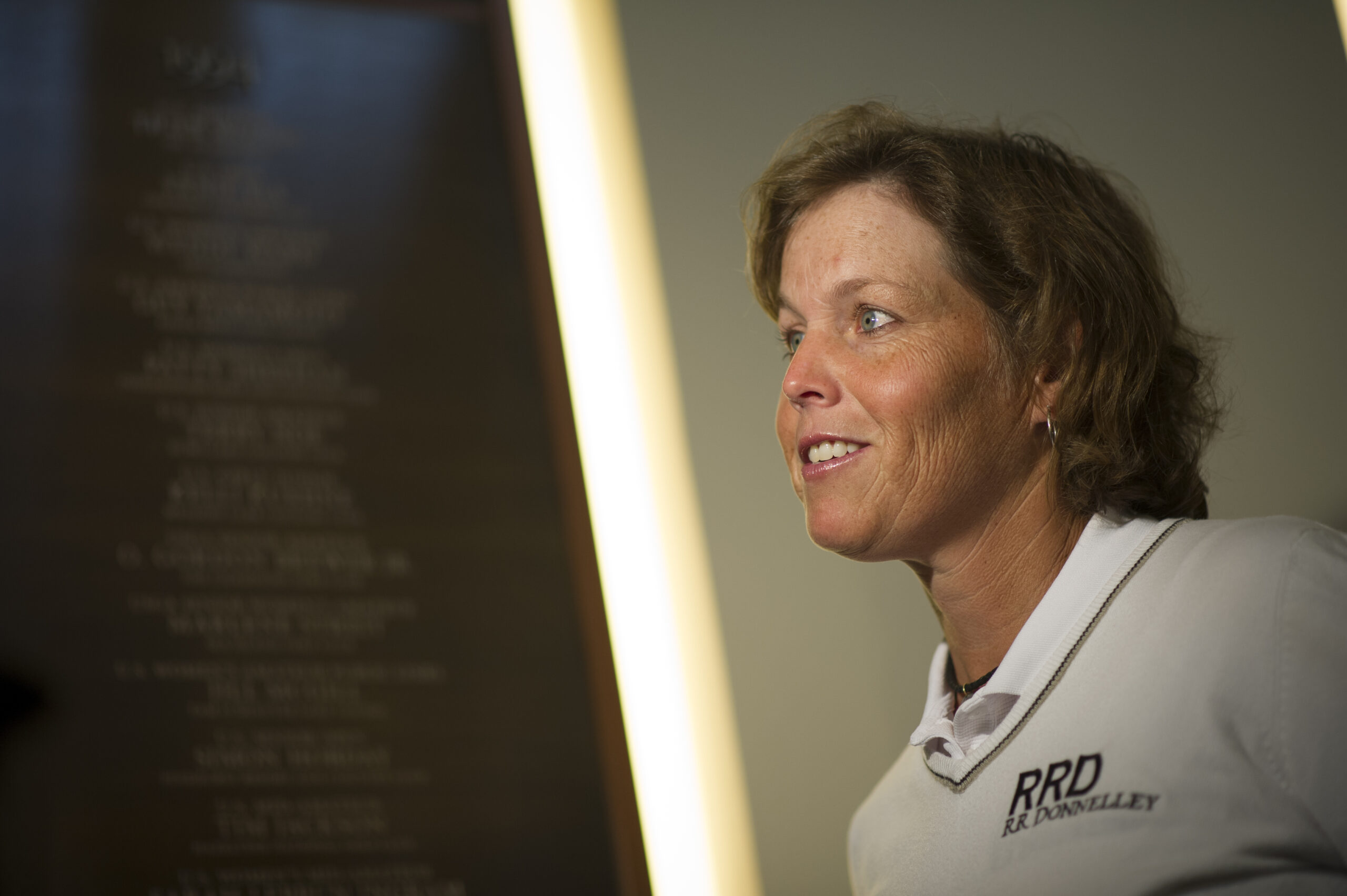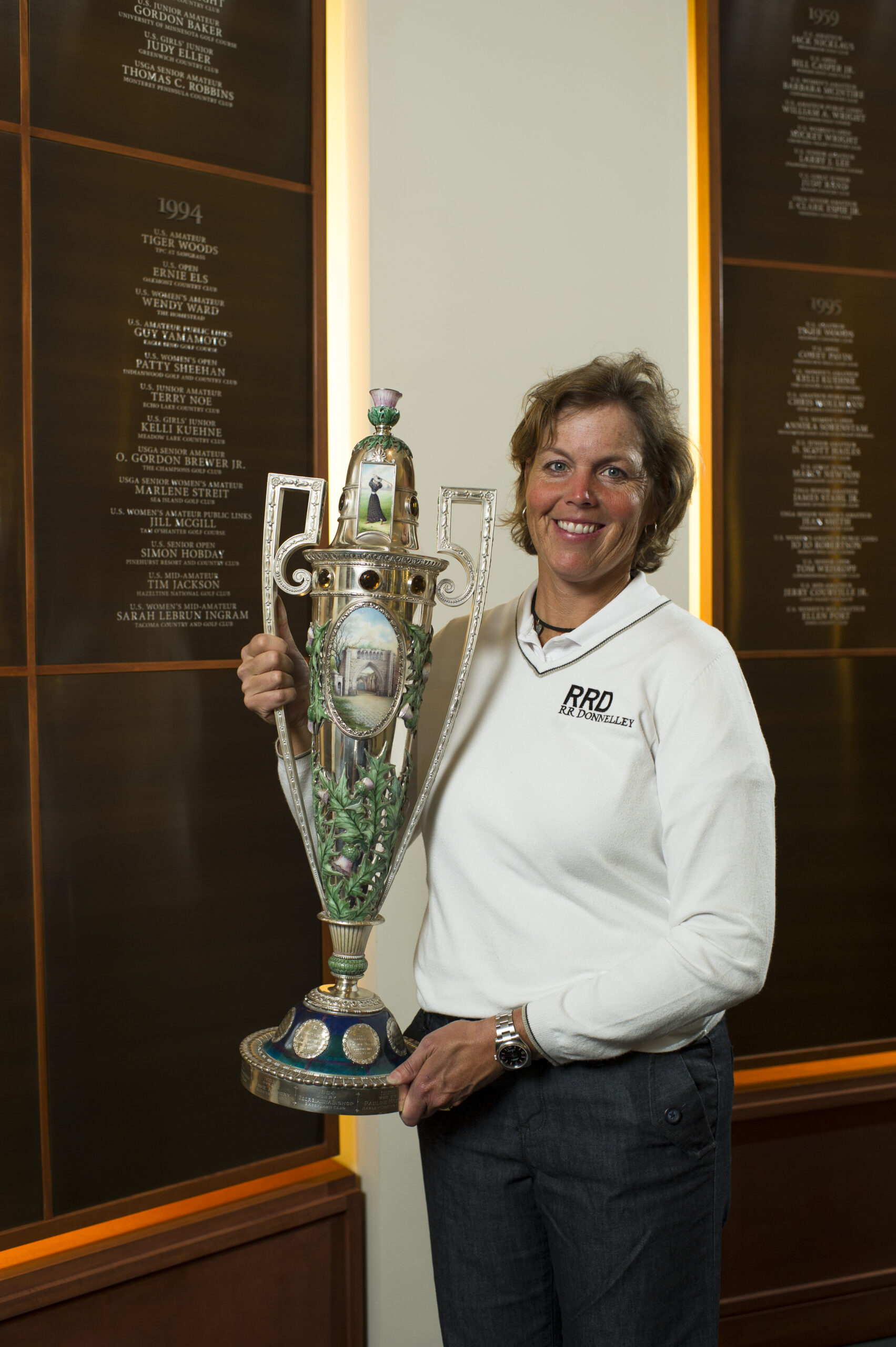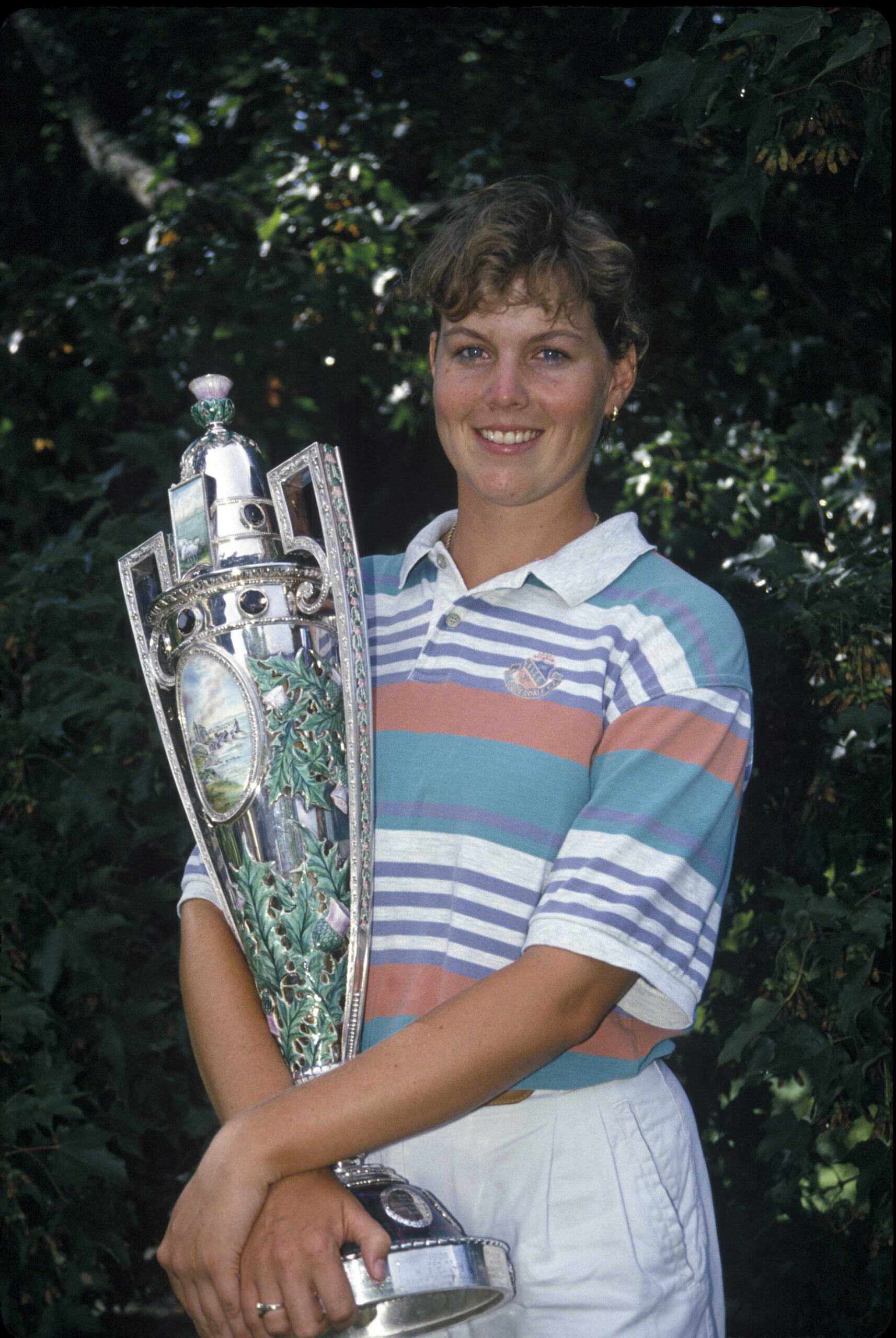
Part of the magic of the U.S. Senior Women’s Open is those who’ve already made history have a chance to add another entry. Another unique aspect to the championship is being a “rookie” again and having that be an advantage because you are among the youngest in the field.
This year’s national championship is being held at Waverley Country Club in Portland, Ore. on August 24-27, and Wendy Ward of Edwall, Wash. is a newly minted 50-year-old looking to add to her résumé.
Like many in the field of 120, including past U.S. Senior Women’s Open champions Laura Davies, Helen Alfredsson, Annika Sorenstam and Jill McGill, Ward already has her name etched in golf’s record book.
She was a three-time All-American at Arizona State University. During her time in Tempe, she won the 1994 U.S. Women’s Amateur and represented the U.S. in the Curtis Cup that same year. She led the ASU women’s golf team to three consecutive NCAA national team titles (1993-1995).

As a professional, Ward won four times on the LPGA Tour, and competed in 14 U.S. Women’s Opens, 10 R&A Women’s Opens, and was selected for Team USA on three Solheim Cup teams (2002, 2003, 2005).
“I feel extremely blessed for the memories the USGA has given me,” Ward said. “Defeating the reigning champ from 1993, Jill McGill, to win the U.S. Women’s Amateur with my dad on the bag and mom walking and cheering in the gallery will always be one of my all-time favorite moments and accomplishments. And playing the Curtis Cup with Jill, Steph Sparks, Ellen Port and all the other teammates was super special too, as it was the first time I got to represent the U.S. in a world-class environment.”
Ward has a chance to complete an interesting symmetry this year. McGill, the defending champion of the U.S. Amateur that Ward defeated on her way to winning in 1994, happens to be the defending champion at this year’s U.S. Senior Women’s Open.
But it was a journey to get to this point.
Recognizing that she was burned out after more than two decades of competitive golf, Ward left playing the LPGA Tour on a full-time basis in 2015, largely because of burnout, nagging physical ailments and a desire to spend more time with her husband, three dogs, two horses and plenty of new-born calves.
Since that time, Ward and husband Nate Hair (who also competes regionally as an elite amateur player) have been busy tending about 100 head of beef cattle on their 300-acre ranch 30 miles west of Spokane.

She then got the itch to play again when she turned 45.
“I kind of felt the drive to get after it again on the Legends Tour,” she said, and immediately upon turning 45 played in the tour’s Suquamish Clearwater Legends Cup in 2018 at White Horse Golf Club in Kingston, Wash. “And seeing Jill win the Senior Open last year and me turning 50 this May really gave me the encouragement and incentive to get back inside the ropes.”
As proof that golf is a game for life, Ward says she now has a deeper knowledge of what it takes to play at the highest level.
“The fact that we now have the U.S. Senior Women’s Open is very special. It provides the venue for us as players to work hard, put our games to the test and compete again at the highest level against our peers during this next chapter of life.”
She currently teaches at Manito Golf and Country Club in Spokane, Wash., and gives clinics and private lessons at the Golf Club at Black Rock in Coeur d’Alene, Idaho. “I really enjoy teaching and sharing all the techniques I’ve learned over the years with all levels and ages of players,” Ward said.
(Ron Sirak contributed to this article, which first appeared in part on the USGA website. Used by permission.)

